Instead of throwing a shrimp on the grill or barbecue, how about slices of delectable, perfectly marbled and always tender beefy parts like rib eye, porterhouse, tenderloin, New York strip, flatiron, bavette, skirt or hanger steaks? If you relish the idea of sinking your teeth into these bizarre bits, then you can browse through Healthy Red Meat Recipes to get the recipe ideas. If you aren't much of a beef steak connoisseur, you can opt for tender and flavorful porks, sweet, mild, naturally tender and never gamy lambs or distinctive flavor poultry.
As an environmental and health-conscious consumer, I reckon it's essential to buy organic meat. You can contribute to the well-being of your community by supporting local, sustainable and organic farms that raise livestock traditionally in an ethical manner and caretake the environment. Farms that support healthy and ecological neighborhoods ensure the animals have the space, not confined and spend time outdoors in the fresh air and sunlight needed to live natural lives. Animals raised organically are not allowed to be fed antibiotics, added hormones, other artificial drugs or any genetically modified foods, hence they're always significantly healthier than their industrially-raised counterparts. Animal products certified as organic can not have their genes modified and their diet tends to be more well-rounded. Hence, these “free-range” and “ranch raised” livestock that are raised in a more humane way produce more purer, flavorful and healthier cuts of meat. Moreover, contrary to the synthetic pesticides and fertilizers used on industrial farms which tend to contaminate groundwater and soil, these free range animals graze as they are inclined and not fed with food containing pesticides, hence the amount of persistent pesticides in their fat is reduced. Eating organic animal fat reduces your exposure to these chemical residues and lead you to a more healthier life.
Organic meat topic aside, I will share steak and cheese pie recipe in this blog entry to help you indulging your guests without having to compromise on taste. Here we go, Christmas party on tap!
Steak and Cheese Pie
Ingredients :
3 red onions, sliced
3 tbsp oilve oil
1/2 tsp salt
1/2 tsp ground black pepper
1 sprig of rosemary
3 cloves of garlic, minced
1 tbsp butter + more for greasing pie plate
2 sticks celery, finely sliced
2 carrots, peeled and sliced
200g brown mushrooms, quartered
1kg beef brisket, cubed
2 cups dark beer or stout
1 1/2 tbsp plain flour
1 cup beef stock
200g shredded cheddar cheese
500g frozen puff pastry
1 egg, beaten
For the filling :
1. Pre-heat oven to 180°C.
2. In a deep, heavy ovenproof pot, saute onions over low heat with olive oil, salt and pepper until slightly browned, about 10 minutes.
3. Stir in rosemary and garlic. Add 1 tbsp butter, celery, carrots and mushrooms. Add beef brisket.
4. Pour in beer or stout and stir.
5. In a small bowl, mix flour with 2 tbsp of beef stock to form a paste. Add to the pan and stir in to blend.
6. Pour just enough beef stock into the pan so that the liquid barely covers the beef and vegetables.
7. Put in the oven and cook for 1 hour. Take the stew out and give it a stir, and then cook for another hour. Stir in cheese and set aside to cool.
8. To make the pastry, pre-heat oven to 190°C. Thaw frozen puff pastry and then roll out to 5mm thin.
9. Grease a pie dish with some butter and line its bottom with the puff pastry. Bake blind for 20 minutes.
10. Roll out the rest of the pastry and cut in a circle to fit the top of your pie dish. Set aside in the fridge until ready to use.
11. When 20 minutes is up, remove pie dish in the oven, fill with cooled stew filling and carefully place the circle of pastry over the top, pressing down on the diameter of the pie to seal it.
12. Brush egg over the pastry and make a small slit in the centre of the pastry. Bake for 25 minutes.
Tips :
To bake blind, line pastry in the bottom of the pie dish, then cover with a piece of foil or baking parchment. Fill with pie weights, uncooked rice or beans and bake. This will help to weigh the pastry down so that it doesn't rise.



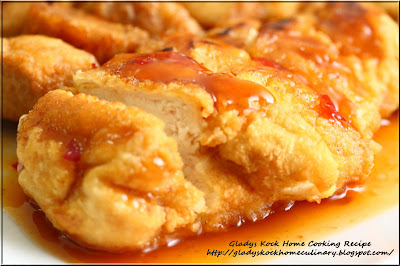
+1.jpg)
.jpg)
+2.jpg)

.jpg)
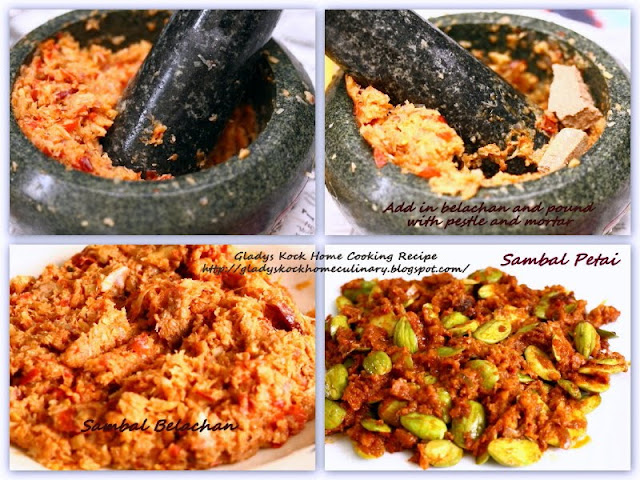
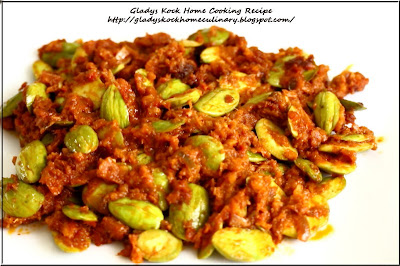

.jpg)
+Ingredients+and+How-To.jpg)






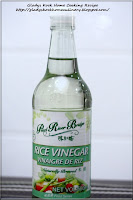
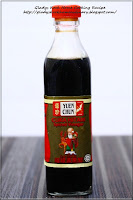
+%E8%99%BE%E9%85%B1.jpg)

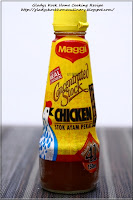


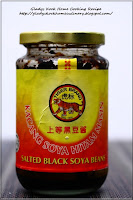
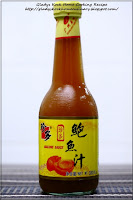


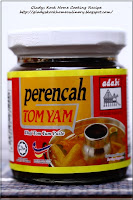
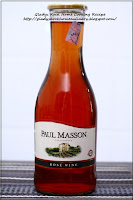





++%E5%B3%87%E6%8B%89%E7%85%8E.jpg)
++%E5%B3%87%E6%8B%89%E7%85%8E.jpg)









+or+bunga+kantan+%E5%A7%9C%E8%8A%B1.jpg)
.jpg)
+%E7%BA%A2%E8%BE%A3%E6%A4%92.jpg)
